Navigating the Stormy World of Cats and Thunderstorms
Thunderstorms can be a spectacle of nature's raw power, captivating our senses with the symphony of thunderous booms, dazzling lightning displays, and torrential rains. However, for our feline companions, these dramatic atmospheric disturbances can evoke an entirely different set of emotions. Welcome to our blog, where we delve into the fascinating relationship between cats and thunderstorms.
Cats, known for their enigmatic and independent nature, possess a unique sensitivity to their surroundings. When the skies darken and the rumble of thunder fills the air, our feline friends often display intriguing behaviours that range from curiosity and alertness to anxiety and fear. As pet owners and cat lovers, it's crucial for us to understand the impact thunderstorms can have on our furry companions and learn how to support them during these turbulent times.
In this blog, we will embark on a journey through the stormy world of cats and thunderstorms, exploring a variety of topics and providing valuable insights and practical advice. We'll uncover the reasons behind cats' reactions to thunderstorms, decoding their body language and vocalizations during these intense moments. We'll delve into the science behind their heightened sensitivity to atmospheric changes and discuss how we can help alleviate their anxiety through gentle and compassionate methods.
Join us as we explore a range of strategies to create a calm and safe environment for our cats during thunderstorms. From creating soothing sanctuaries to utilizing pheromone diffusers and engaging in behavioural training, we'll explore effective techniques that can help ease their stress and provide a sense of security. We'll also discuss the role of desensitization and gradual exposure in helping our feline friends become more resilient in the face of stormy weather.
Furthermore, we'll share heartwarming stories, anecdotes, and tips from experienced cat owners who have successfully navigated the challenges of thunderstorms with their beloved companions. These real-life experiences will shed light on the diverse ways cats react to storms and provide inspiration for finding tailored solutions that suit your cat's unique personality and needs.
Whether you are a seasoned cat owner or just beginning your feline journey, this blog aims to be a comprehensive resource, guiding you through the intricate world of cats and thunderstorms. We hope to empower you with knowledge, empathy, and practical tools, so you can provide comfort and support to your cats when they need it most.
So, let's embark on this enlightening exploration together, deepening our understanding of our feline friends and uncovering the secrets to weathering the storm alongside them.
5 steps to help my cat during a thunderstorm
1. Create a Safe and Comforting Environment: Set up a designated safe space for your cat where they can retreat to during the storm. This area should be a quiet, enclosed space with familiar bedding, toys, and hiding spots. Consider using a covered crate, a cosy cat bed, or a designated room where your cat feels secure.
2. Provide Calming Measures: Introduce calming measures to help reduce your cat's anxiety. Play soothing music or use a
white noise machine to help drown out the sound of thunder. You can also try using a pheromone diffuser, such as a
Feliway diffuser, which releases synthetic calming pheromones that can help soothe your cat.
White Noise Machine
This compact machine offers 20 Soothing Natural Sounds, including the sound of rushing air.
The Rohm+ effectively cancels out noises that may disturb or distract. You can Recharge with the included USB-C cable and with a battery that lasts longer than the original Rohm, you will always have white noise with you anywhere.

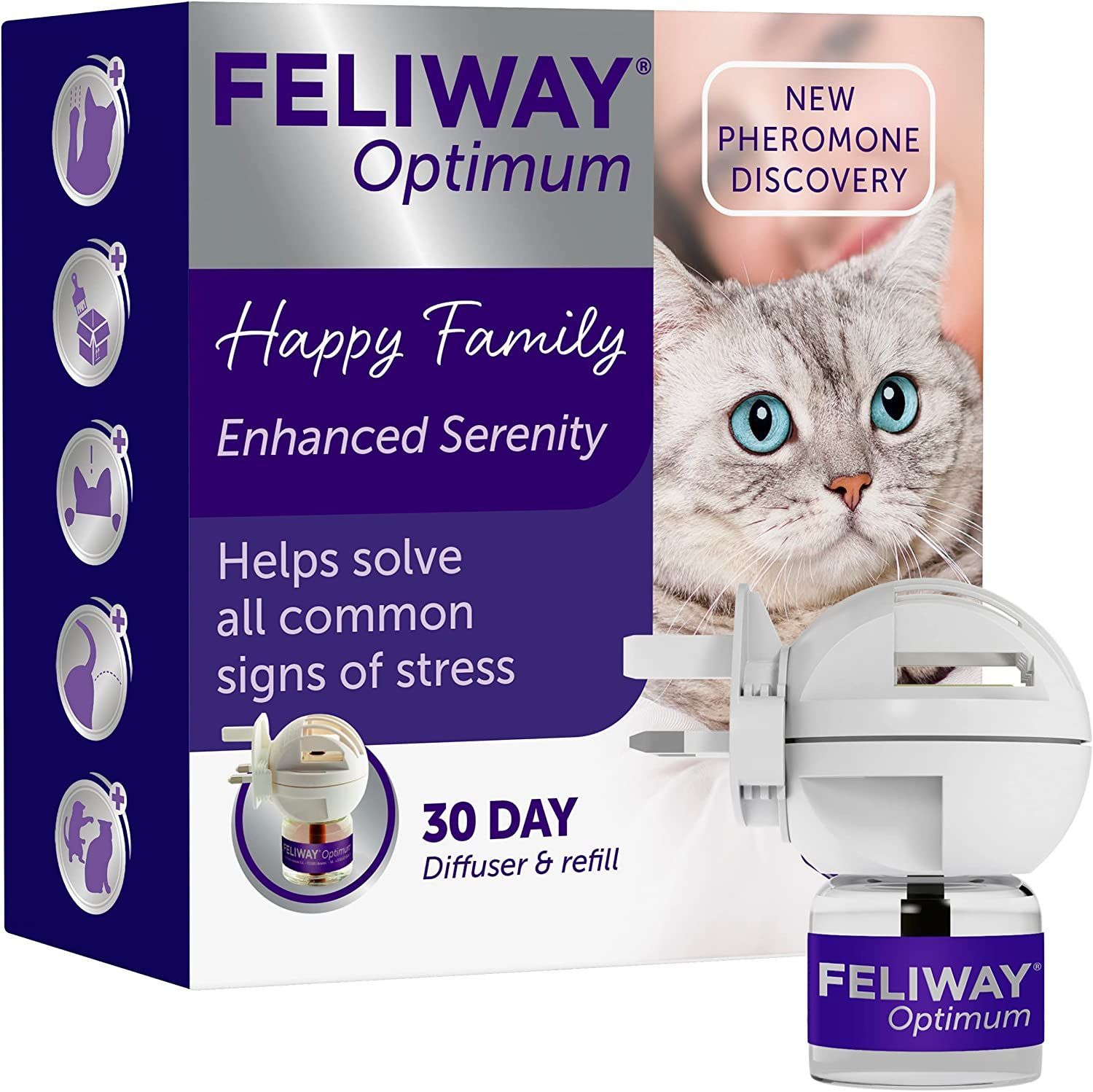
Feliway
This is an optimum diffuser and 30 day refill, is scentless and Species-specific, it has no effect on humans or other pets.
It is widely considered as the best solution to ease cat anxiety, cat conflict and stress in the home
3. Stay Calm and Provide Reassurance: During a thunderstorm, it's important to remain calm and composed. Cats are highly attuned to their owner's emotions, so displaying a calm demeanour can help reassure them. Offer gentle verbal reassurance, soothing strokes, and comforting words to let your cat know they are safe.
4. Create Positive Associations: Gradually associate thunderstorms with positive experiences. Offer treats, playtime, or engage in a favourite activity with your cat before, during, and after the storm. This can help distract them from the loud noises and create positive associations with thunderstorms over time.
5. Consult with a Professional: If your cat's fear of thunderstorms persists or intensifies despite your efforts, consider seeking guidance from a veterinarian or a professional
cat behaviourist. They can assess your cat's specific needs and provide tailored strategies or recommend potential medication options to help alleviate your cat's anxiety during thunderstorms.
can cats sense that thunder is coming?
Yes, cats have keen senses that allow them to detect the approach of thunderstorms. They possess acute hearing and are attuned to subtle changes in atmospheric pressure, humidity, and electromagnetic fields. These heightened senses enable them to pick up on the early signs of an impending thunderstorm.
As a storm approaches, cats may display various behaviours that indicate their awareness of the impending thunder. They may become more alert, their ears might twitch or rotate to catch distant sounds, and their eyes may widen as they scan the environment for visual cues. Some cats may even retreat to a safe and sheltered area in anticipation of the storm.
Cats' sensitivity to atmospheric changes and their ability to hear low-frequency sounds allow them to detect the distant rumbles of thunder that human ears may not perceive. They can sense the vibrations caused by thunder and may respond with heightened vigilance or signs of anxiety.
It's important to note that while cats can sense the approach of a thunderstorm, their reactions to it can vary. Some cats may exhibit fear or anxiety, seeking out hiding places or displaying signs of distress, while others may show curiosity or simply remain unaffected. Each cat has its own unique personality and coping mechanisms, so their responses may differ.
Understanding and acknowledging your cat's sensitivity to thunderstorms can help you provide the support and reassurance they need during these intense weather events. Creating a safe and comforting environment, engaging in positive reinforcement, and offering calming techniques can go a long way in helping your feline friend navigate the stormy times with greater ease.
does thunder frighten cats?
Yes, thunder can frighten many cats. The loud noise, sudden bursts of thunderclaps, and vibrations caused by the booming sound can startle cats and trigger fear or anxiety responses. Cats have a heightened sense of hearing, making them more susceptible to being startled by loud noises like thunder. The fear of thunder, known as astraphobia, is a common issue among cats.
When cats are frightened, they may exhibit a range of behaviours such as hiding, seeking shelter, trembling, pacing, excessive vocalization (meowing or yowling), or even attempting to escape from the house. Some cats may seek comfort and closeness with their owners, while others may prefer to find a secure hiding spot until the storm passes.
It's important to understand that each cat's response to thunderstorms may vary. While some cats may show intense fear and distress, others may exhibit milder signs of anxiety or may not be bothered by thunder at all. Each cat has its own unique personality and sensitivities.
If your cat experiences severe anxiety or fear during thunderstorms, it's advisable to consult with a veterinarian or a professional animal behaviourist. They can provide guidance on behaviour modification techniques, potential medication options, or recommend additional strategies to help alleviate your cat's distress during thunderstorms.
Remember, patience, understanding, and a supportive approach are key when helping your cat cope with the fear of thunder.
Thank you for reading this post. We hope that you found it helpful and hope to you visit this page again soon. For more information, fun facts and cute photos, please follow us on social media. 🐱
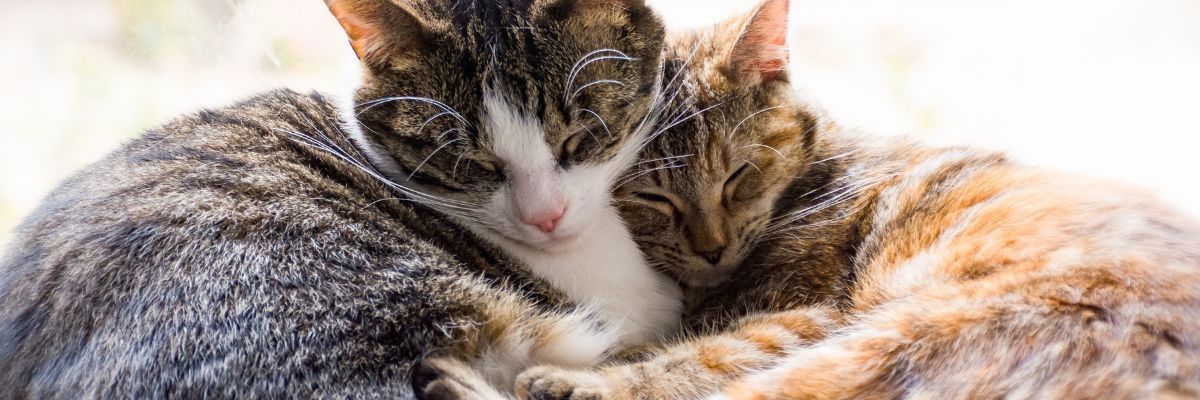
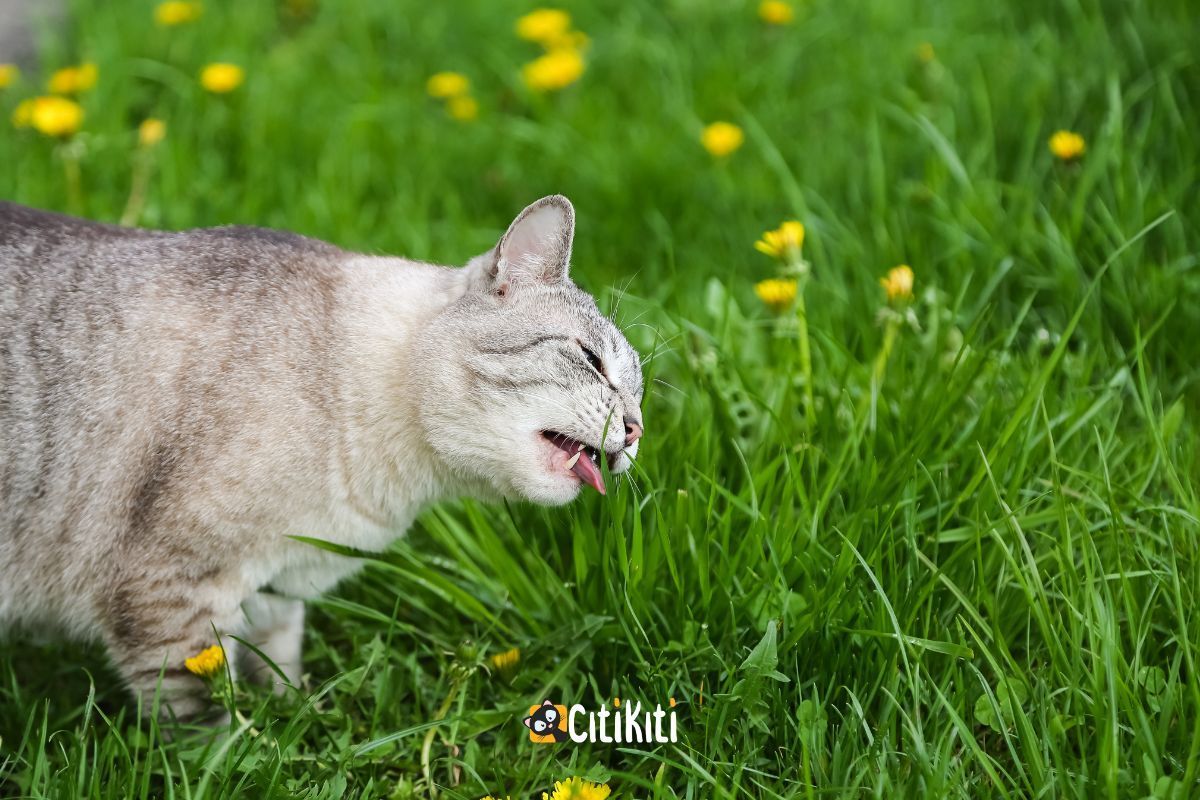

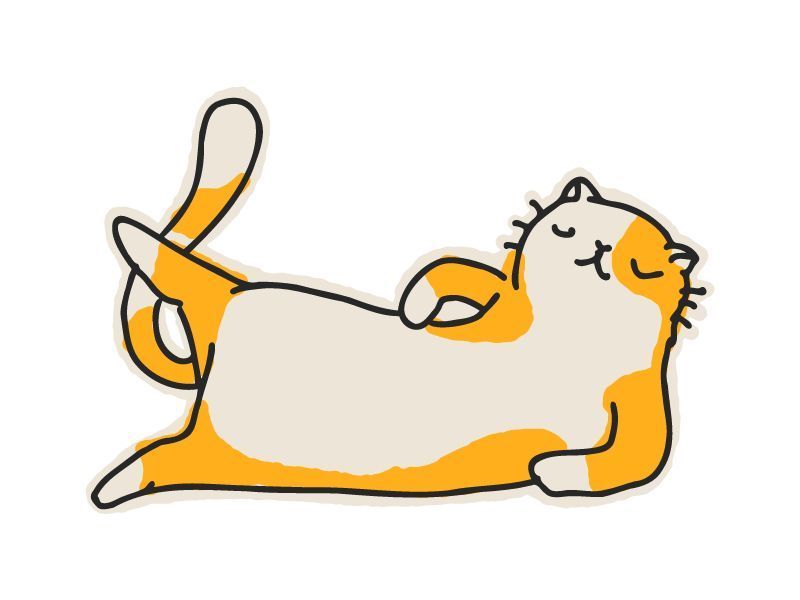

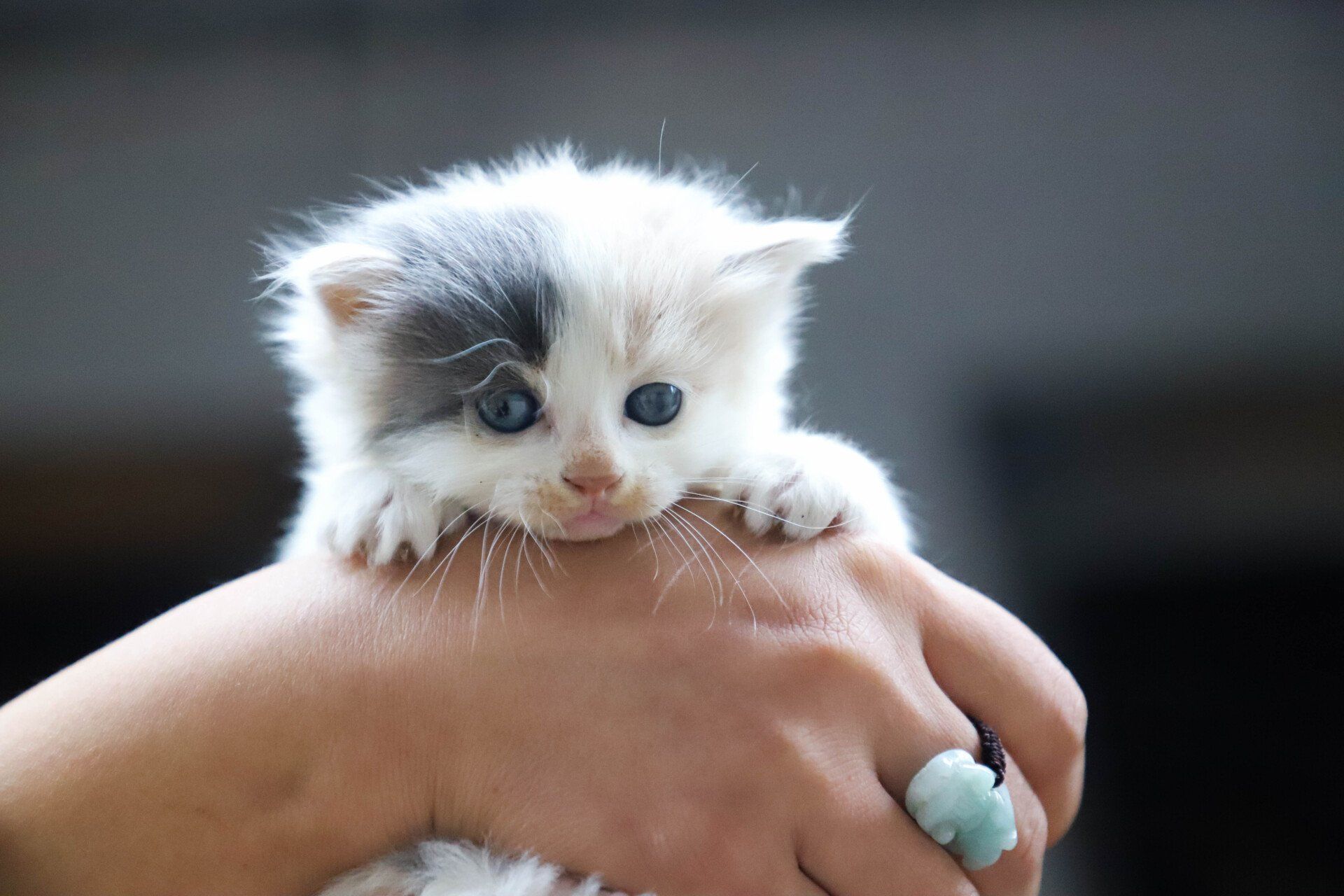
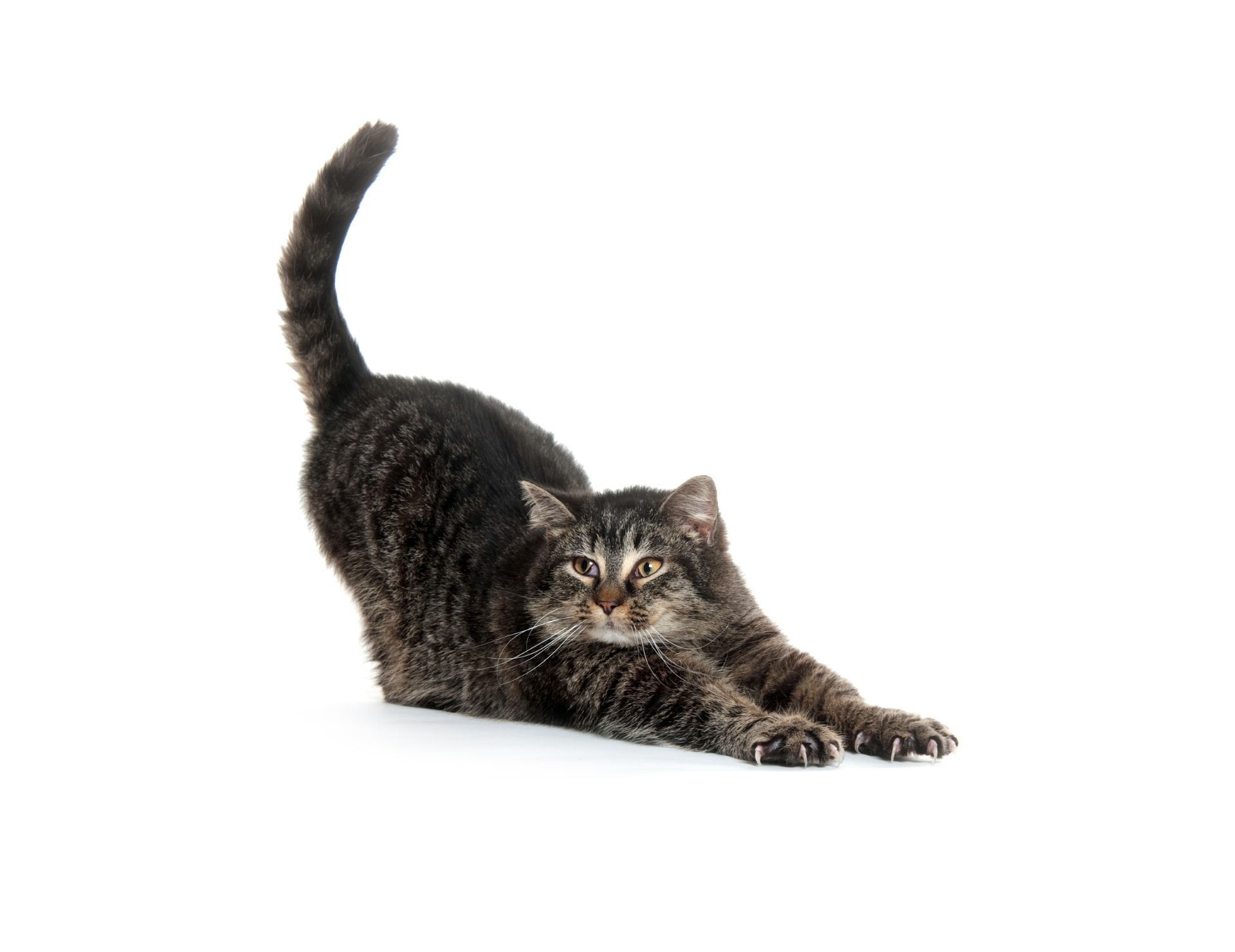
WHY CHOOSE US
Proven track record - CitiKiti - was established in 2003 and when searching the web, speaking with your local vets and visiting our Review Page you will discover that we come highly recommended including in some of the most important areas such as reliability, trustworthiness and knowledge.
Not a search engine - We are a family-run business with a large team of genuine pet lovers. As the team works for us not as individuals you can rest assured that we are accountable and reliable and we will insure that your pet is taken care of even if your booked carer falls ill during an assignment.
First Aid Training - CitiKiti is pleased to work with Vet Helen Dennis (VetMB MA MRCVS) who runs our pet first aid training courses. This insures that our carers are well equipped for and confident in their work even in an emergency situation.
Security Vetted - All CitiKiti sitters are required to obtain a Police Check a copy of which we will be very happy to email to you for your peace of mind.
Insured - For your peace of mind, all CitiKiti carers are fully covered by our industry-standard insurance.
Home Security - having an CitiKiti carer entering your home on a regular basis, taking in post and changing light and blind positioning will help keep that lived-in look.
No Advertising Vehicles or clothing - As part of keeping your pet and home safe we have made the decision NOT to drive advertising vehicles or wear clothing with advertising as this would highlight the fact that you are not at home and, although it would of course be of great benefit to our business to widely advertise our services, we believe that the safety of your cats and your home is more important than our self-promotion.
Recommended by Vets - we are well known among both vets and pet professionals who are happy to recommend and work with us.
Same Designated Carer at no extra cost - when first booking with CitiKiti you will be assigned a Carer. For both your and your pet's comfort and peace of mind, it will be your designated carer who will take care of our pet from then on. This of course with the exception of carers own holiday or sickness in which case you will be informed and your alternative carer will be introduced where at all possible.
Ongoing training - before their first assignment all carers receive in-house training and many of our carers already have experience from vet nursing, animal rescue work as well of course as having pets in their own lives. Many carers also choose to sign up for external certificated courses and training including Cat Behaviour and Cat Health and Welfare.
Free Initial Meeting - all clients are required to fill out a detailed form to help us understand all wishes and requirements to offer the best care possible. We also arrange a face-to-face meeting for you to have a chance to ask any questions you may have and for and your pet to get to know their new friend.
Key Holder Service - we offer to keep hold of your keys in order to make booking your pet care as easy and quick as possible. All you have to do is email us to make a booking request and, once confirmed, we are good to go.
Trusted by Pet Professionals - we are well known among both vets and pet professionals who are happy to recommend and work with us.
Provides care 365 days a year - including weekends, school holidays, bank holidays, Christmas & New Year.
Member of FSB - The Federation of Small Businesses provides us with additional insurance, ongoing support and industry-relevant information helping us keep up-to-date and informed for the benefit of both us and our clients.
Supporter of ICatCare - ICatCare is an international cat charity organisation for the promotion of feline health and well-being. CitiKiti wholeheartedly supports the fantastic work they do. Their website is also an excellent resource for a world of cat-related information.
Sponsors of a Cat Cabin - at Cats Protection www.cats.org.uk click on the videos below to see some of the purry friends at Cat Protection.
Services - Since foundation we have offered a comprehensive range of services to suit our client's requirements. The services and areas we cover include; Cat Sitting in North London N1, N5, N6, N8, N16, NW1 & NW6. We also offer live-in care or house-sitting in North or East London including Islington N1 N5 we can help.
PROFESSIONAL PET CARE
CitiKiti offers professional and reliable holistic cat care service where the emphasis is on, pamper, play and TLC.
We are here to help make you and your CitiKiti’s life together wonderful, stress-free and rewarding during all stages.
SECURITY VETTED & INSURED
CitiKiti offers professional and reliable holistic cat care service where the emphasis is on, pamper, play and TLC.
We are here to help make you and your CitiKiti’s life together wonderful, stress-free and rewarding during all stages.
A LITTLE ABOUT US
Follow Us
CitiKiti Copyright © All rights reserved. Privacy Policy GDPR Terms & Conditions
The contents of this site are the property of CitiKiti and Cat Care London Ltd. No part of this web site may be copied, modified, transmitted, broadcast or reproduced in any form whatsoever without the prior written permission of Cat Care London Ltd. These contents include, but are not limited to, information, documents, graphics, photos, logos and icons, including their design, selection and arrangement.
WHAT WE DO AND WHERE WE DO IT
Our passion is pets and we provider pamper, play and TLC 365 days a year including Bank holidays, Easter, Christmas & New Year.
We understand that deciding whom to entrust with the care of your precious companion is a difficult and possibly even daunting process. Hopefully, our Testimonials and client Reviews will help you feel confident and happy to choose us.
Since our beginnings in 2003, we have offered a comprehensive range of personalised cat care services including cat sitting, house-sitting and cat behaviourist.
We are proud to be recommended by vets and pet professionals as well as consistently receive 5-star reviews from our clients from all over London and beyond.
Your peace of mind and the happiness and safety of your cat is of paramount importance to us and when choosing to become part of our community and trusting us to take care of your precious cat we can reassure you that we are a family-run business with a tight-knit team of pet carers offering total accountability, reliability and genuine cat lovers care.
We are a team of dedicated pet professionals with a great love for pets.
Most of our carers have either long-term working experience with cats and/or professional education in animal care including Vet Nurses, Animal Behaviourists, Pet Hospital Assistants and Pet Bloggers.
All our cat carers are security vetted and public liability insured and we provide thorough in-house cat care training including Cat First Aid to ensure that carers are well equipped and confident cat carers.
Cats are territorial creatures of habit and can find catteries very stressful and upsetting. It is generally agreed by pet professionals that they are most relaxed and comfortable staying in their own homes when "parents" go away for short or long breaks. Travelling to and from catteries can also be stressful for both you and your cat. Our Cat Sitting service means your cat can stay home whenever you are away.
Since the beginning of 2019 CitiKiti has also offered cat behaviour therapy as well. Cat behaviour therapy can help if your cat is urine marking, stressed, anxious, aggressive, destructive or urinating or defecating outside the litter tray. The CitiKiti Cat Behaviourist can also offer advice on getting cats to get along, getting cats and dogs to live together peacefully, and taking care of kittens or older cats. Our Cat Behaviourist offers home consultations in London and in some cases worldwide video consultations work as well.
AREAS WE COVER
Since our beginnings in 2003, we have offered home visit services and the areas we currently cover for our cat sitting and small pet visiting services include: Hoxton, Shoreditch, E2, Bethnal Green, Fish Island, E3, Bow, Hackney Wick, Mile End, E5, Clapton, Hackney Marshes, E8, Hackney, Dalston Kingsland, E9, N1, Islington, Angel, Barnsbury, Canonbury, Clerkenwell, De Beauvoir Town, Hoxton, Pentonville, Shoreditch, N5, Highbury, N6, Highgate, N16, Stoke Newington, Shacklewell.
When going away often one of the worst dilemmas is who do you get to look after your cat. When using our Cat Sitting service, you can enjoy your holidays knowing that your cat feels safe and relaxed and your home is looked after to.
Since our beginning as a Cat Sitter Service in North London Islington, N1 we have taken pride in offering the very best in professional & reliable holistic cat care with an emphasis on pamper, play and TLC. Our Cat Sitters are all dedicated professionals with a great love of cats. Most have either long term working experience with cats and/or professional education in animal care. We are proud to be recommended by vets and pet professionals as well as consistently receive 5 start reviews from our Cat Sitting clients from all over London including East London E3, Bow, Hackney Wick, E8, Hackney, Dalston Kingsland and E9, Victoria Park.
Cats are territorial creatures of habit and can find catteries very stressful and upsetting. It is generally agreed by pet professionals that they are most relaxed and comfortable staying in their own home when "parents" go away for short or long breaks. Travelling to and from catteries can also be stressful for both you and your cat. Our Cat Sitting service means your cat can stay home whenever you are away. CitiKiti offers Cat Sitting and house-Sitting in most parts of Central, North and East London including EC1, Clerkenwell, Finsbury, Hoxton, St Luke’s, N1, Canonbury, Barnsbury.
We offer to look after your cat in your own home for as long or short time as you need. This way not only can you feel happy that your cat is as comfortable, relaxed and well looked after as possible, you also know that your home is being looked after and keeps that lived in look to deter any uninvited guests. Depending on you and your cat’s preference you can choose between daily or twice daily visits or live-in care.
We understand that deciding whom to entrust with the care of your precious feline companion is a difficult and possibly even daunting process. Our Testimonials and client Reviews will help you feel confident and happy to choose CitiKiti as your Cat Sitting Company.
You and your cat will be assigned your own dedicated Cat Sitter and you will have a meeting with him/her before start of visits. During the meeting you can ask any questions you might have and your cat will have a chance to say hello to his/her new best friend ;-) All our Cat Sitters are security vetted and have public liability insurance and we have been trusted in the community since 2003.
At CitiKiti we always do our best to help answer any cat related questions our clients may have. We work closely with other pet professionals including vets and cat groomers enabling us to offer and refer to a wide range of cat related services.
Since the beginning of 2019 CitiKiti offers behaviour therapy as well. Cat behaviour therapy can help if your cat is urine marking, stressed, anxious, aggressive, destructive or urinating or defecating outside the litter tray. The CitiKiti Cat Behaviourist can also offer advice on getting cats to get along, getting cats and dogs to live together peacefully, taking care of kittens or older cats. Our Cat Behaviourist offers home consultations in London, including Richmond, SW19, Chelsea, Wimbledon, Kensington, SW11, Islington, N1, Hampstead. In some cases video consultations work as well and CitiKiti Behaviour Therapy is offered worldwide.
CitiKiti offers Cat Sitting and House-Sitting every day of the year including Bank Holidays, weekends, school holidays and Christmas & New Year.
The areas we cover for Cat Sitting include the below but if you are looking for Cat Sitting in areas that are not listed feel free to contact us and we will see what we can do.
EC1, Clerkenwell, Finsbury, Hoxton, Shoreditch, E2, Bethnal Green, E3, Bow, Hackney Wick, Mile End, E5, Clapton, Hackney Marshes, Lea Bridge, Lower Clapton, Upper Clapton, E8, Hackney, Dalston Kingsland, E9, Victoria Park, N1, Angel, Barnsbury, Canonbury, Clerkenwell, De Beauvoir Town, Hoxton, Islington, Pentonville, Shoreditch, N5, Highbury, N6, Highgate, N8, Crouch End, Hornsey, N10, Muswell Hill, N16, Stamford Hill, Stoke Newington, Shacklewell,N19, Hornsey Rise, Archway, Tufnell Park, NW1, Regents Park, Camden Town, NW3, Hampstead, Swiss Cottage, NW5, Kentish Town.
Scientific name: Felis catus
Size: The average house cat is eight to eleven pounds, but you can have a petite six-pound calico or a big 15-pound Maine Coon cat.
Life span: Indoor cats regularly live to be 15, and some kitties live even longer.
Colours/varieties: There are many different breeds of cats from the hairless Sphynx and the fluffy, puffy Persian to the silvery spotted Egyptian Mau. But the most popular kitties of all are non-pedigree that includes brown tabbies, black-and-orange tortoiseshells, all-black cats, the long hair, striped kitties with white socks and everything in between!
History: Cats were domesticated, or bred to be friendly to humans, sometime between 4,000 and 8,000 years ago, in Africa and the Middle East. Small wild cats started hanging out where humans stored their grain. Can you think of a better place to find mice?! When humans saw cats up close and personal, they began to admire felines for their beauty and grace and the rest is history ;-)
Cat food: cats are obligate carnivores which means they need to eat meat in order to survive. Eating a vegetarian or vegan diet is not an option for your cat. Cats depend on the nutrients found in meat, most notably taurine and arginine. For this reason it is important to feed your cat a quality diet supplemented with a few treats. Ask your vet or pet shop for advice about their range of cat food and treats.




